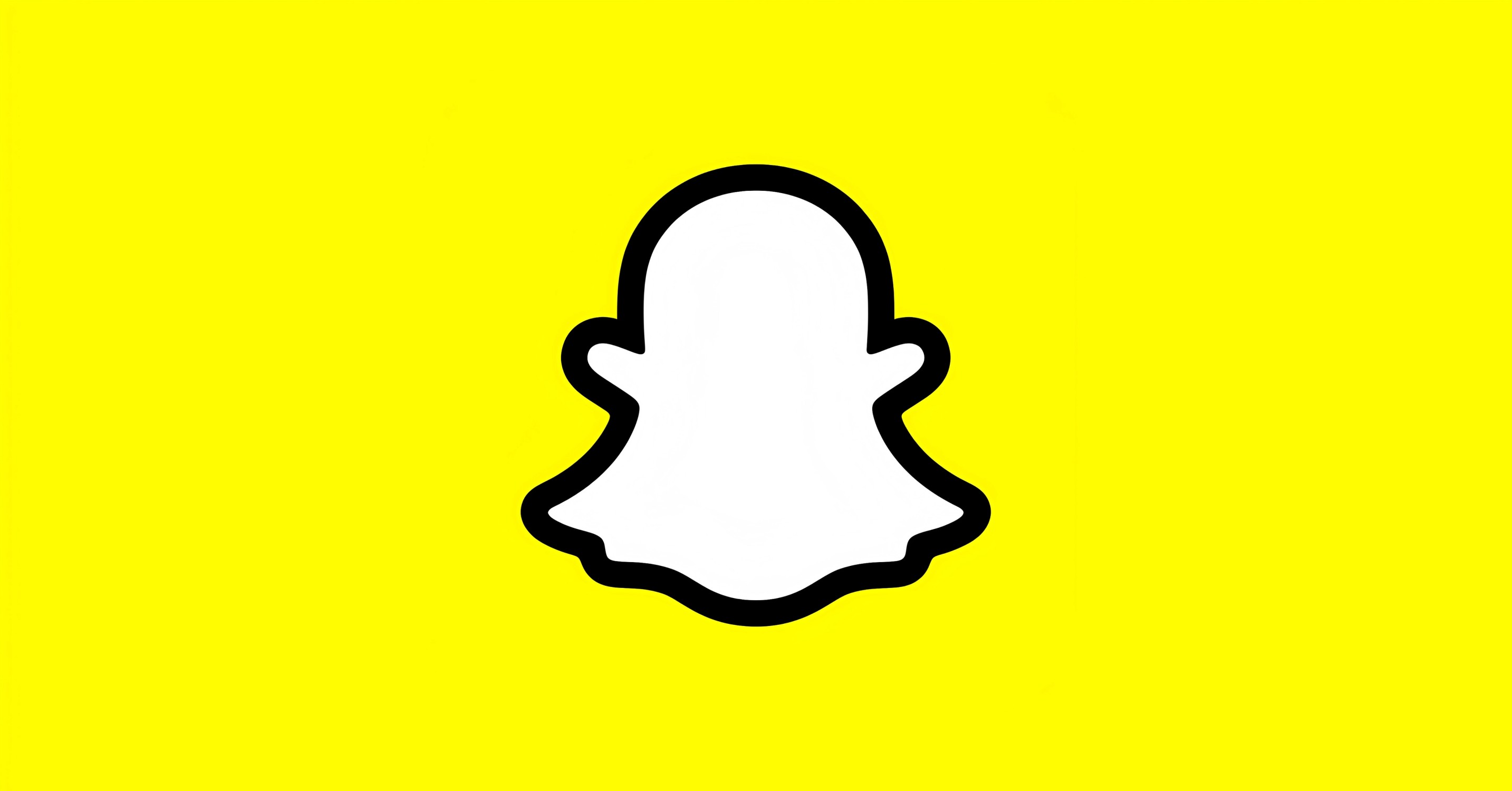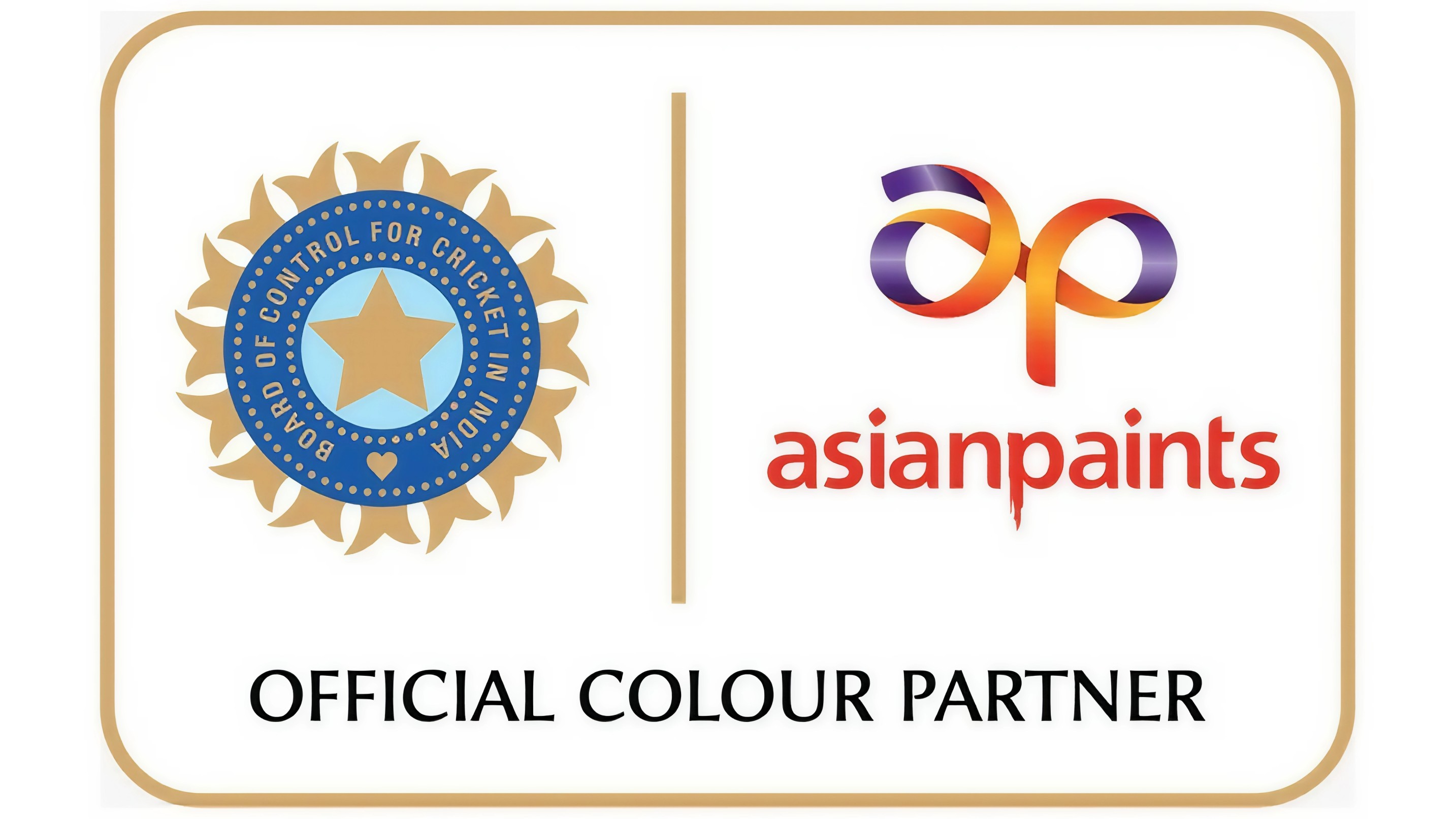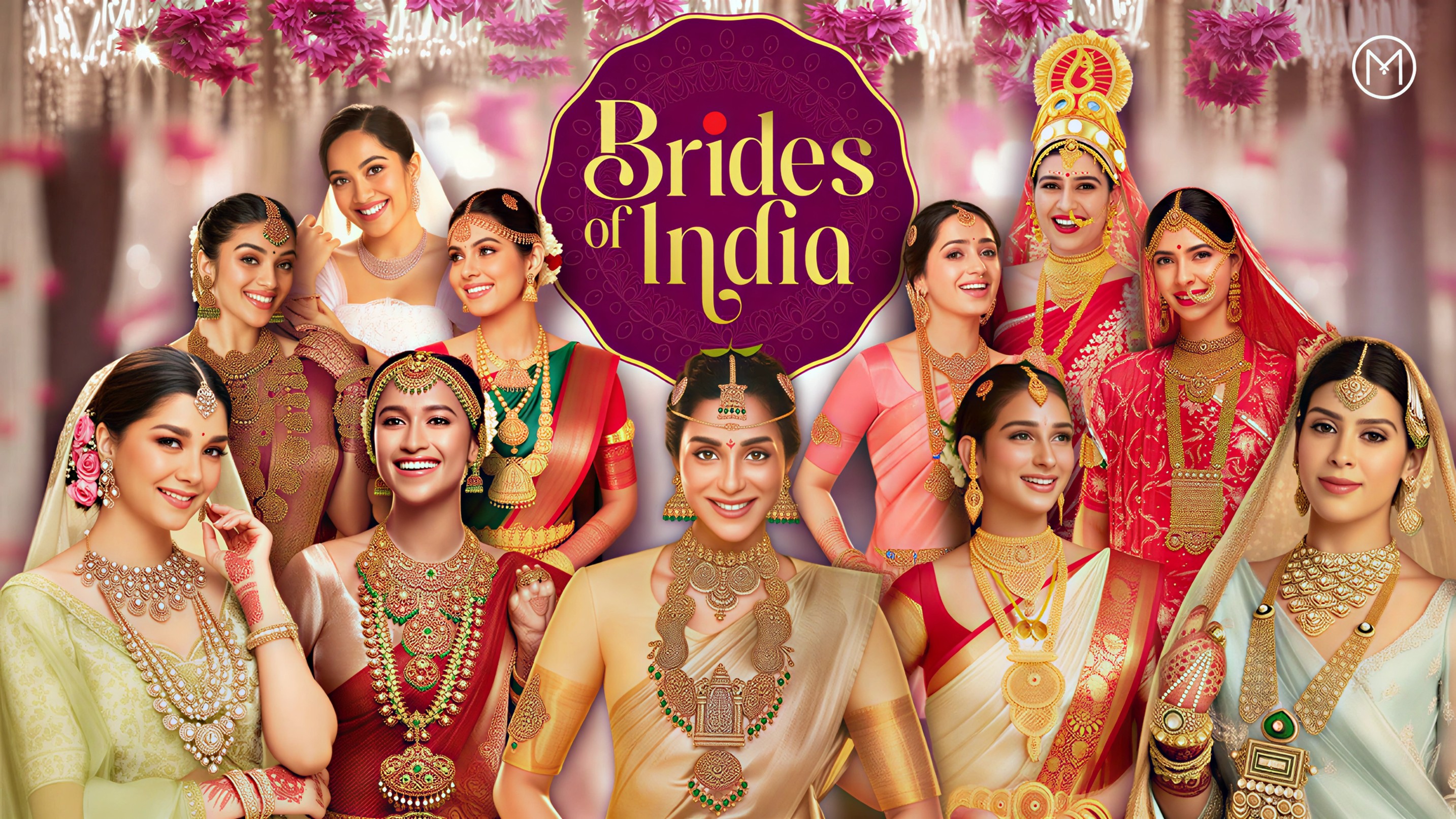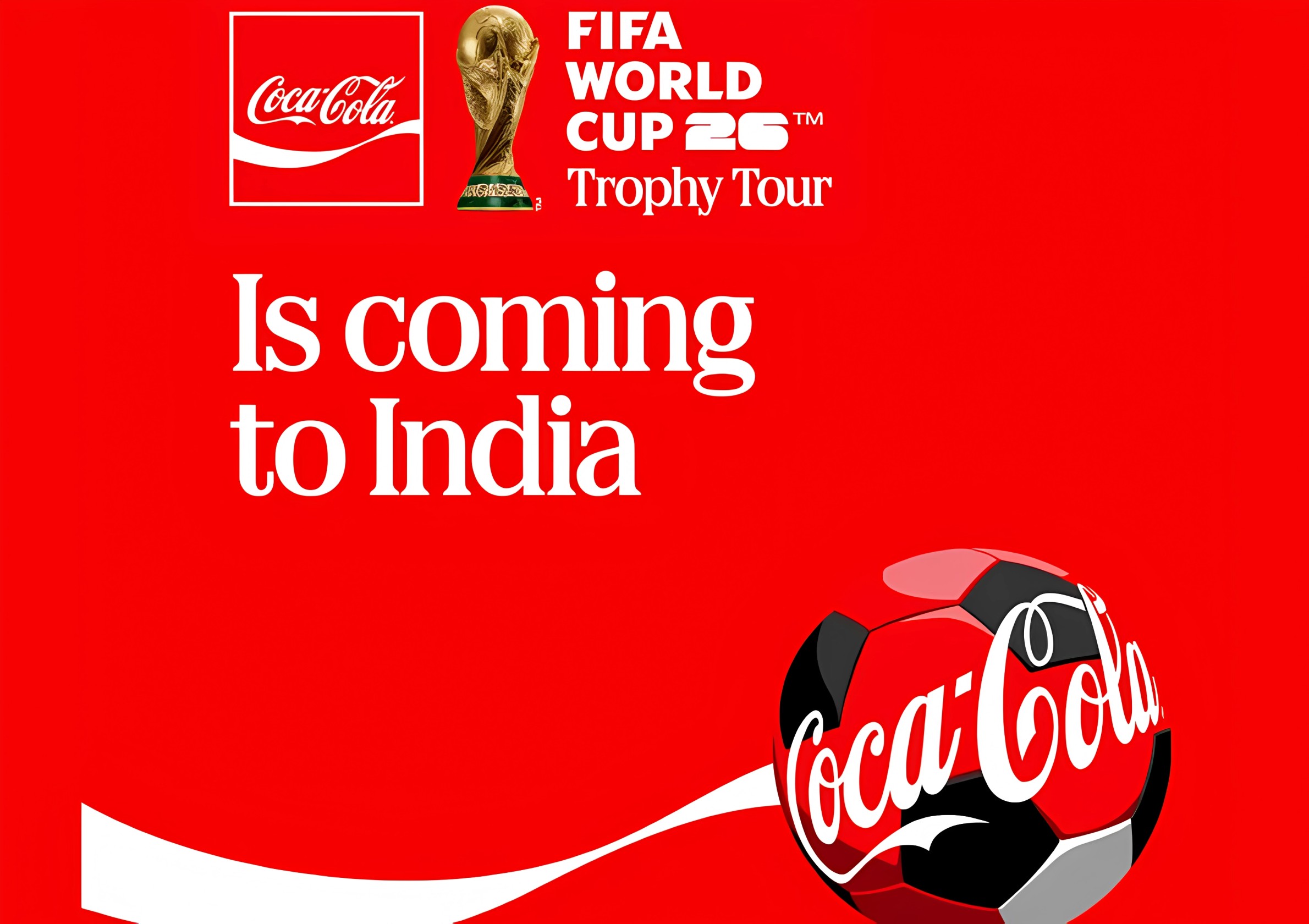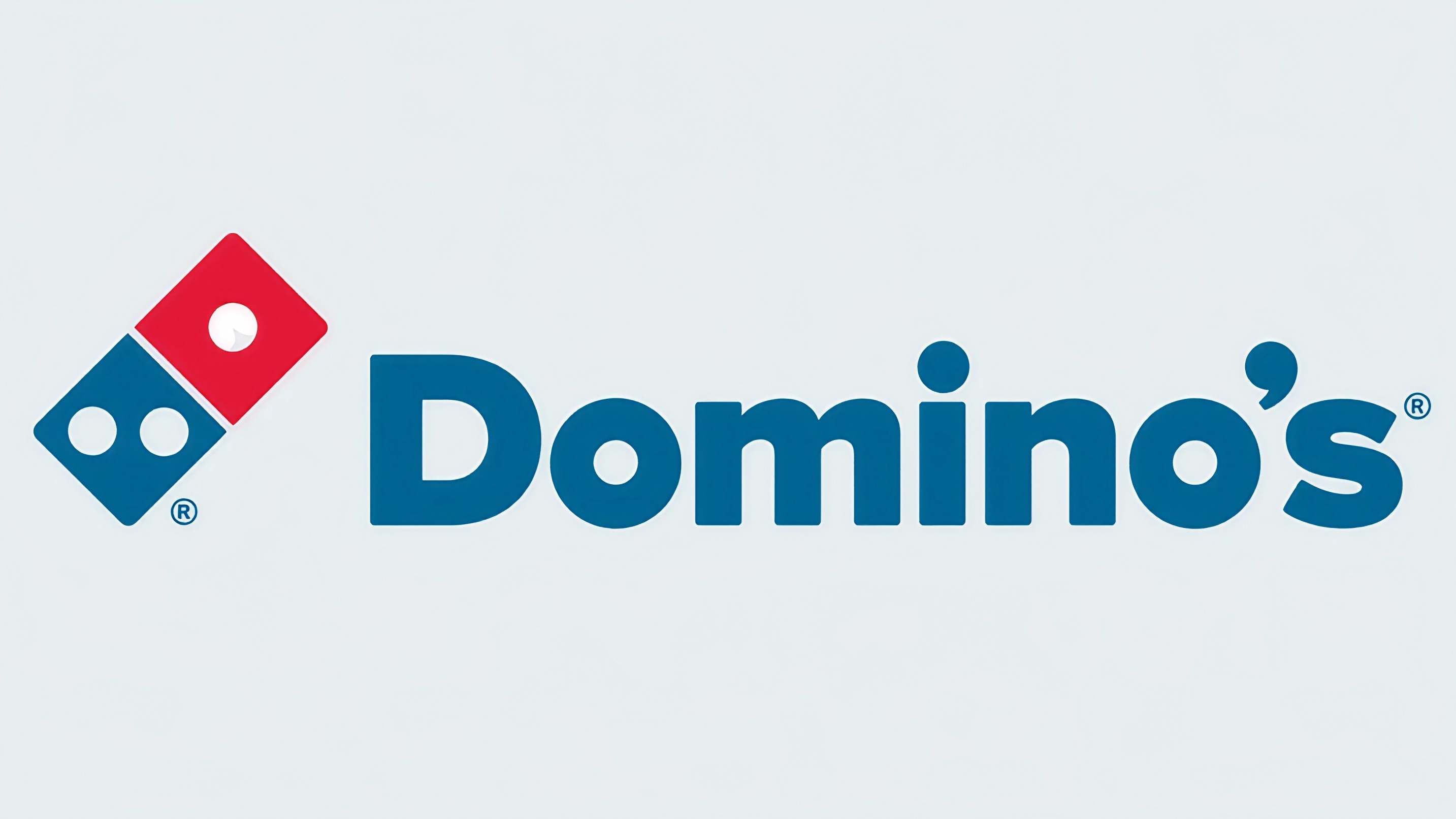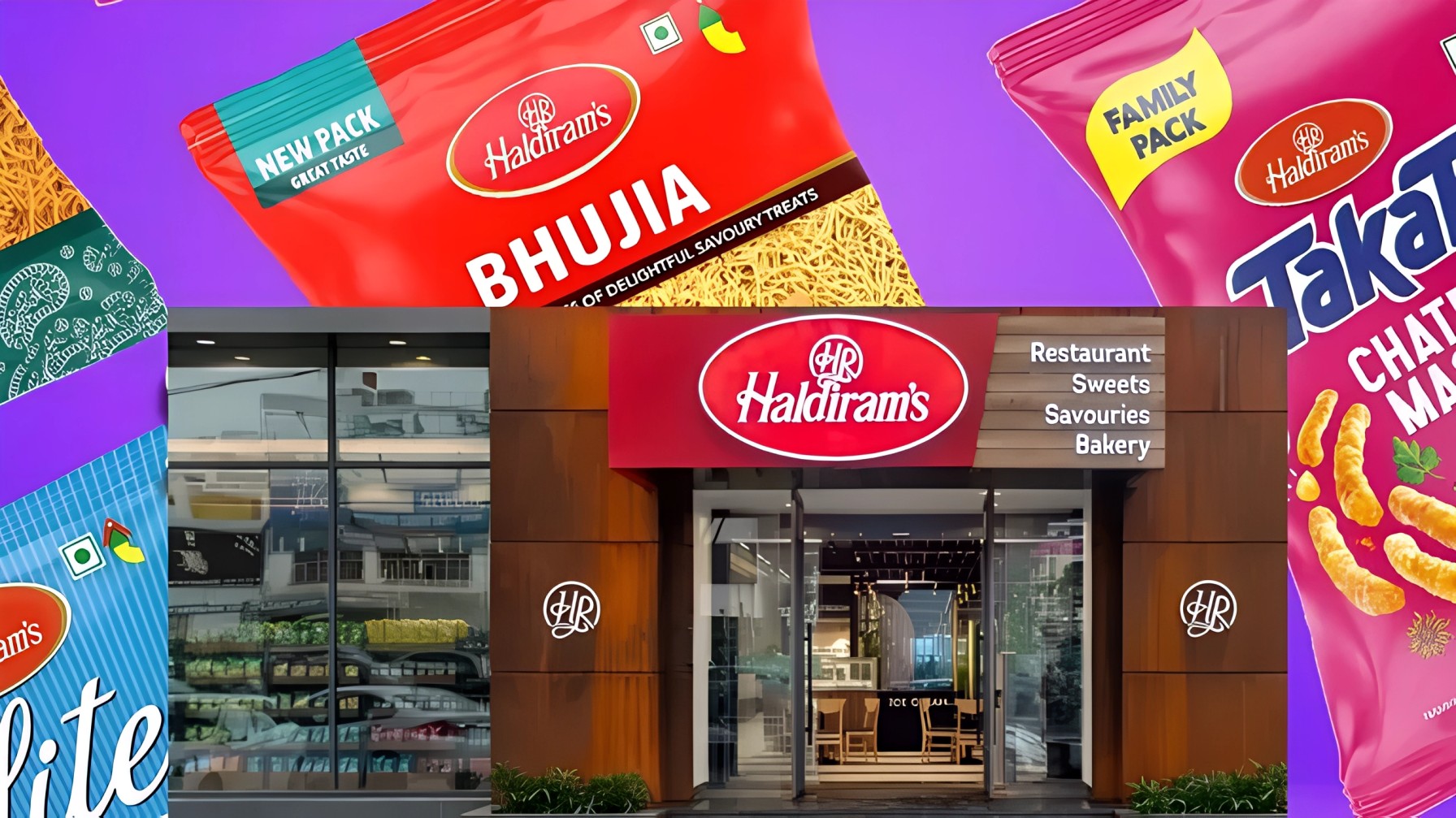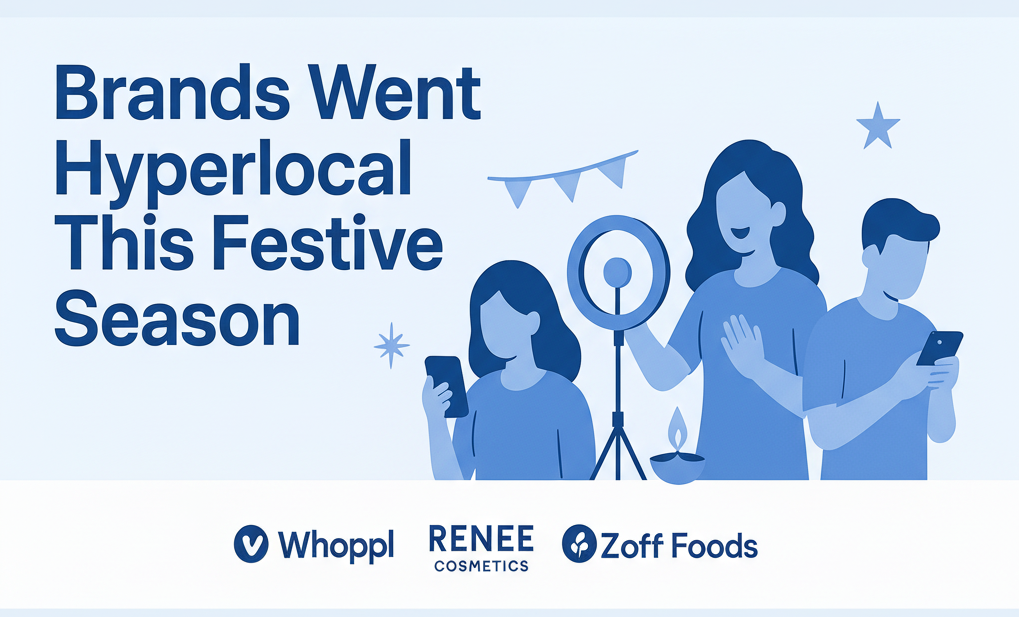India branded economy is stepping into a more ambitious phase, and the numbers now match the mood. The latest Kantar BrandZ India 2025 report values the country one hundred most valuable brands at five hundred twenty three point five billion dollars, roughly thirteen per cent of national GDP.
Beyond the headline valuation, the ranking paints a clear picture of which sectors are pulling ahead, where new categories are emerging and why brands that build meaningful difference are outpacing those that simply maintain presence.
Which brands lead India value creation story
HDFC Bank has reclaimed its long held position at the top of the table, with brand value rising eighteen per cent to nearly forty five billion dollars. Since the first BrandZ India list in twenty fourteen, the bank has grown its brand value by three hundred seventy seven per cent.
That climb is tied to a steady push into digital experiences and consumer education. Initiatives such as the Vigil Aunty persona, designed to make conversations about fraud and safety more accessible, have helped the bank stay relevant even as fintech challengers multiply.
Tata Consultancy Services sits close behind in second place at forty four point two billion dollars, followed by Airtel at forty one point one billion dollars. Airtel is one of the year standout movers, posting a thirty eight per cent jump as it leans further into secure payments, five G and fraud detection. Infosys and ICICI Bank round out the top five, confirming that financial services and business technology continue to anchor India brand value stack.
ADVERTISEMENT
According to the presentation, these two sectors together account for the largest slice of total value, underscoring the country BFSI heavy profile when compared with global rankings that lean more heavily on consumer tech and retail.
How do new entrants signal an infrastructure led moment
One of the most notable shifts in this year list is the arrival of eighteen newcomers. A newly recognised materials category plays a major role here. UltraTech Cement enters straight at number seven with a valuation of fourteen point five billion dollars.
The report credits UltraTech momentum to its resonance with individual home builders, supported by emotional storytelling and one stop retail formats that simplify the complexity of construction decisions. Bangur Cement, Ambuja Cement and JK Cement also join the Top one hundred, together reflecting India infrastructure driven growth cycle.
Retail brings in fresh names through Westside and Zudio, pointing to the rise of both premium and affordable fashion in a society where brand consciousness is spreading across income groups and city tiers.
Who are the fastest risers in this edition
For the second year running, Zomato emerges as the fastest growing brand on the list. It climbs ten places to number twenty one, with brand value up sixty nine per cent to six billion dollars. Expansion beyond core food delivery into lifestyle adjacencies, including the integration of District by Zomato dine out, has helped the platform meet evolving expectations around convenience and value.
ADVERTISEMENT
Travel brands also feature strongly among the risers. Taj grows fifty five per cent to reach two point nine billion dollars, while IndiGo rises forty two per cent to five point one billion dollars. MakeMyTrip benefits from AI powered planning tools and flexibility oriented features such as Farelock, supporting its climb through the rankings.
Mahindra records a fifty three per cent increase driven by experience led offerings aimed at SUV enthusiasts, reinforcing a broader trend. Brands that compete on emotion and experience, not just function and price, are showing greater resilience.
Why does meaningful difference matter more than ever
A central theme in the Kantar BrandZ India 2025 report is the erosion of meaningful difference. Since twenty fourteen, the share of brands seen as both meaningful and different has declined, indicating rising parity across categories.
Yet the analysis also shows that brands which have improved either meaning or difference since twenty nineteen grew at nearly twice the rate of those that did not. Those that improved both enjoyed a two and a half times advantage.
Kantar leaders argue that deeper consumer understanding is now a strategic necessity, not a marketing accessory. Brands that know how people interpret and experience them are better placed to stay relevant, command loyalty and justify premium pricing even when short term pressures push teams towards performance metrics alone.
ADVERTISEMENT
What does this say about India next brand chapter
Despite strong domestic value creation, India global footprint remains modest. Only four Indian brands feature in the global Top one hundred, the same as last year, and overseas contribution stands at twenty three per cent, well below many peers. That gap highlights headroom for international expansion, especially for technology, consumer platforms and premium labels.
Since twenty fourteen, the Top seventy five Indian brands have grown their value by one hundred fifty one per cent, outpacing equity indices such as the Sensex and Nifty. At the same time, the report suggests that many still underprice their equity. More than a third sit in what Kantar calls the margin opportunity space, with only nineteen per cent currently able to fully justify higher prices.
Taken together, the Kantar BrandZ India 2025 report suggests a branded economy in transition one where value is accelerating, competition is intensifying and brands that invest in meaningful difference are set to capture disproportionate gains at home and, eventually, abroad.
Follow Marketing Moves on Instagram and Facebook for industry insights, strategy breakdowns, and brand transformation stories.



